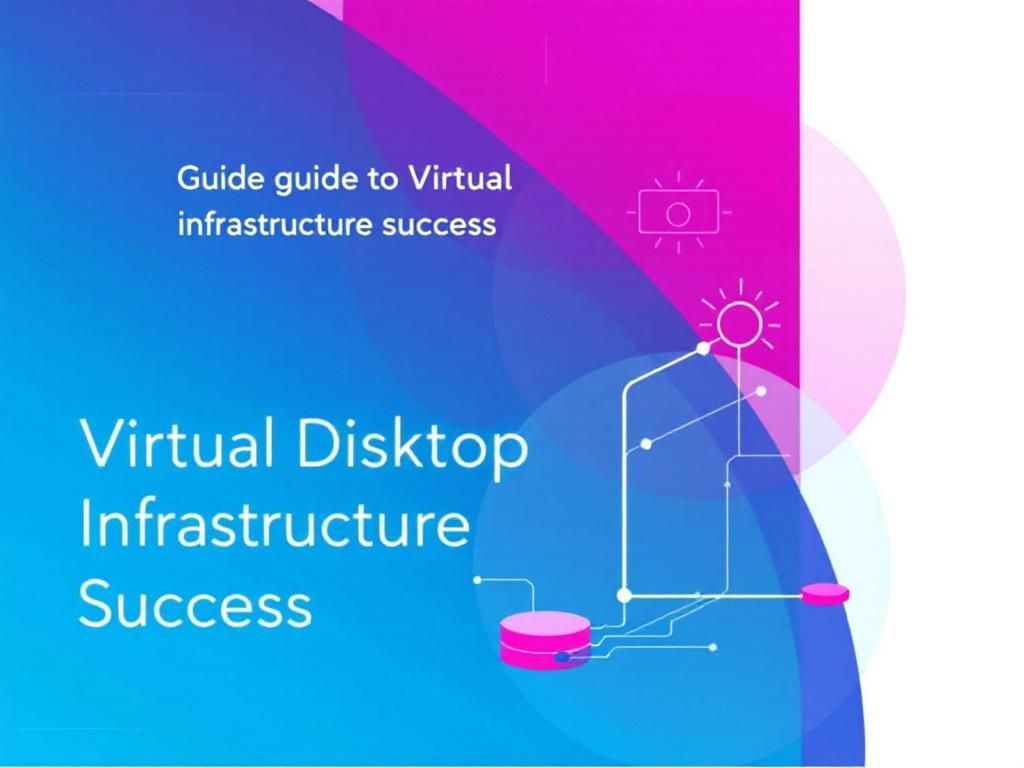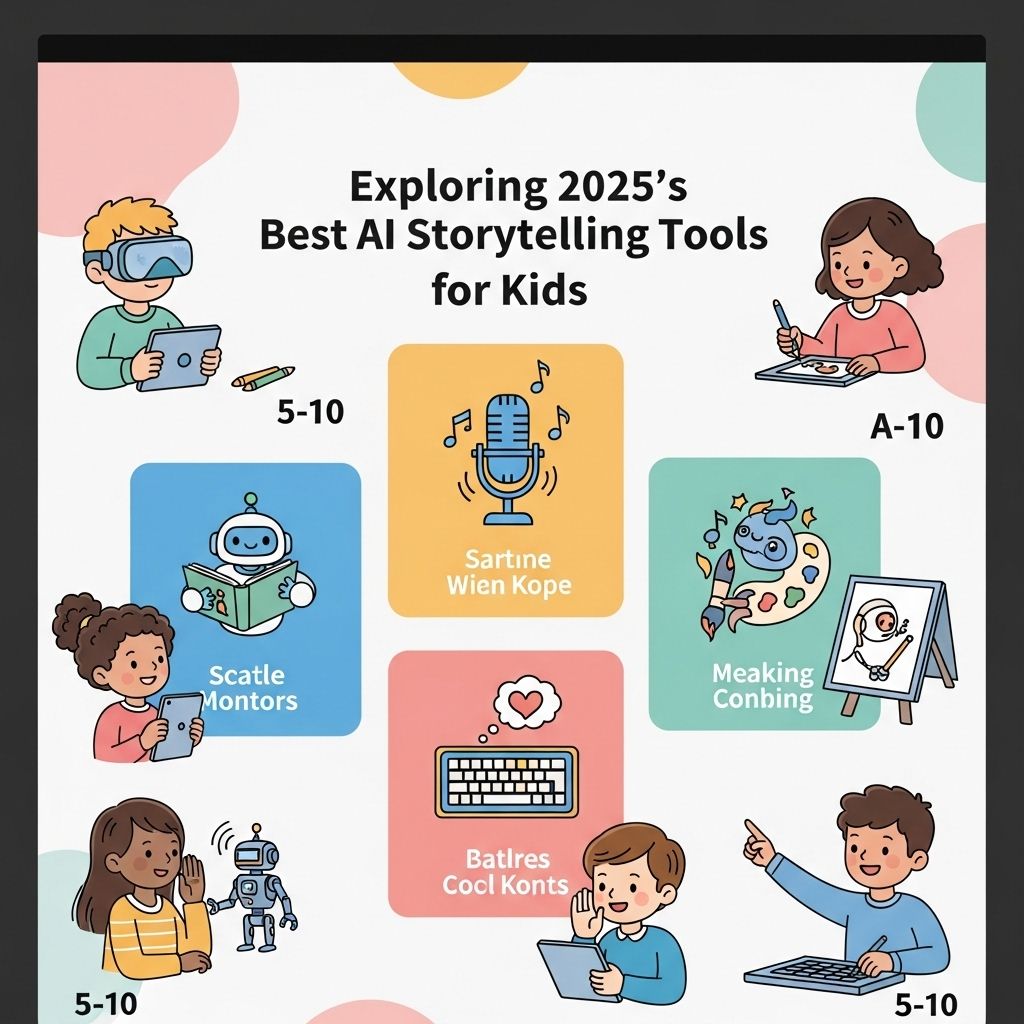2025 Guide to Virtual Desktop Infrastructure Success
Discover essential strategies and tips for achieving success with Virtual Desktop Infrastructure in 2025. Optimize your setup and enhance productivity.

The evolution of technology has forever changed the landscape of business operations. As organizations increasingly rely on remote work, Virtual Desktop Infrastructure (VDI) has emerged as a pivotal solution for enhancing productivity, security, and flexibility. This article delves into the essentials of VDI, analyzing its benefits, challenges, and best practices for successful implementation in 2025.
Table of Contents
Understanding Virtual Desktop Infrastructure
At its core, VDI allows users to access desktop environments hosted on centralized servers. This setup enables employees to work from various devices while ensuring that data remains secure and management is streamlined. Here are some key components:
- Virtualization: The process of creating a virtual version of physical components, such as servers or storage systems.
- Hypervisor: Software that creates and runs virtual machines (VMs). It can be Type 1 (bare-metal) or Type 2 (hosted).
- Connection Broker: A service that manages the connection between the user and the virtual desktop.
- Storage Infrastructure: Essential for storing virtual desktops and ensuring fast data access.
Benefits of Implementing VDI
Organizations that embrace VDI can enjoy several advantages, including:
1. Enhanced Security
Data security is a primary concern for businesses today. VDI centralizes data storage and management, reducing the risk of data breaches. Key security features include:
- Data encryption both in transit and at rest
- Centralized control over user access and permissions
- Automatic updates and patches to software
2. Increased Flexibility and Scalability
With VDI, businesses can easily scale their operations. They can quickly add or remove virtual desktops based on changing business needs. This adaptability is crucial for:
- Managing peak workloads
- Supporting seasonal workers
- Adjusting to fluctuating demand
3. Cost Savings
While the initial investment in VDI may seem daunting, the long-term savings can be significant. Organizations can benefit from:
| Cost Factor | Traditional Setup | VDI Setup |
|---|---|---|
| Hardware Costs | High | Lower |
| Maintenance | High | Reduced |
| Remote Access Costs | Varies | Minimal |
Challenges of VDI Adoption
Despite its numerous benefits, VDI is not without challenges. Understanding these can help organizations prepare effectively.
1. High Initial Investment
The upfront costs of server infrastructure, storage systems, and licenses can be substantial. Organizations must weigh these costs against long-term savings.
2. Network Dependencies
VDI relies heavily on network connectivity. Poor bandwidth can lead to performance issues, making it essential to:
- Invest in high-quality networking equipment
- Implement load balancing solutions
- Monitor network performance regularly
3. User Experience Concerns
To ensure user satisfaction, organizations must focus on:
- Providing optimal performance
- Reducing latency during remote access
- Offering adequate training for users transitioning to VDI
Best Practices for Successful VDI Implementation
To maximize the benefits of VDI, consider the following best practices:
1. Assess Organizational Needs
Before implementing VDI, conduct a thorough assessment of your organization’s needs. This includes understanding:
- The number of users
- Types of applications used
- Data sensitivity levels
2. Choose the Right Infrastructure
Selecting the appropriate hardware and software is crucial. Considerations should include:
- Performance requirements
- Scalability
- Vendor support and reliability
3. Ensure Robust Security Measures
Invest in comprehensive security strategies to safeguard sensitive data. This can include:
- Multi-factor authentication
- Regular security audits
- Employee training on security best practices
4. Monitor and Optimize
Post-implementation, organizations should continuously monitor VDI performance and make necessary adjustments. Key metrics to track include:
- User experience and feedback
- Resource utilization
- Network performance
Future Outlook of VDI
The future of VDI is promising as advancements in technology continue to reshape its landscape. Innovations such as artificial intelligence (AI) and machine learning are set to enhance VDI efficiency. Here are some trends to watch:
1. AI-Powered Automation
AI can automate resource allocation, user support, and performance monitoring, leading to improved operational efficiency.
2. Increased Integration with Cloud Services
Organizations are increasingly looking towards hybrid models that combine on-premises VDI with cloud solutions, offering greater flexibility.
3. Enhanced User Interfaces
As technology advances, user interfaces for VDI solutions are becoming more intuitive, improving user experience significantly.
Conclusion
As we look ahead to 2025, organizations must embrace Virtual Desktop Infrastructure thoughtfully and strategically. By understanding its benefits, challenges, and best practices, businesses can harness VDI’s full potential to thrive in a rapidly evolving digital landscape. With the right approach, VDI can transform how organizations operate, driving efficiency and success in the modern workplace.
FAQ
What is Virtual Desktop Infrastructure (VDI)?
Virtual Desktop Infrastructure (VDI) is a technology that allows users to access desktop environments hosted on a centralized server, enabling flexible remote work and efficient resource management.
What are the key benefits of implementing VDI in 2025?
The key benefits of implementing VDI in 2025 include enhanced security, cost savings, improved scalability, and the ability to support remote work and BYOD (Bring Your Own Device) policies.
How does VDI improve security for businesses?
VDI improves security by centralizing data storage, allowing for better control over access, reducing the risk of data breaches, and enabling consistent security policies across all virtual desktops.
What are the common challenges faced when deploying VDI?
Common challenges when deploying VDI include high initial costs, the need for robust network infrastructure, potential performance issues, and the complexity of managing virtual environments.
How can businesses ensure a successful VDI deployment?
Businesses can ensure a successful VDI deployment by conducting thorough planning, investing in the right infrastructure, providing adequate training for users, and continuously monitoring performance.
What trends in VDI should organizations watch for in 2025?
Organizations should watch for trends in VDI such as increased use of AI for management, advancements in cloud integration, enhanced user experience personalization, and the growing adoption of hybrid VDI solutions.







